Games
Minecraft (2009) Game Icons and Banners: A Deep Dive into the Visuals that Defined a Generation
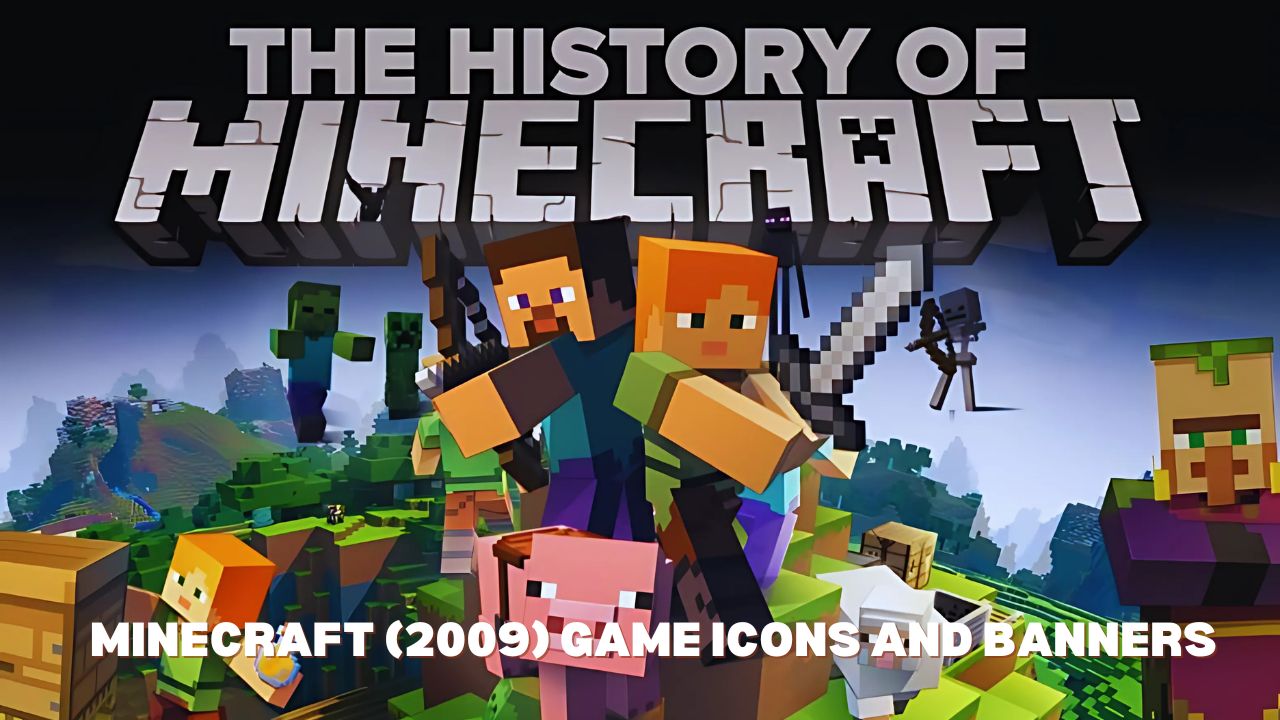
When Minecraft was first released in 2009, few anticipated its impact on the gaming world. Its blocky graphics and sandbox gameplay offered players unparalleled freedom to explore, create, and survive in a world built entirely out of cubes. While much has been said about the game mechanics and gameplay itself, the visuals—especially the game icons and banners—play a subtle yet vital role in Minecraft’s identity. From iconic block icons to customizable banners that let players express their creativity, these visuals contribute immensely to Minecraft’s unique charm.
In this article, we explore the evolution of Minecraft’s game icons and banners, their purpose, and their cultural impact on players worldwide. We’ll uncover how something as simple as pixelated icons and banners has come to symbolize creativity, survival, and exploration in one of the most beloved games ever.
The Birth of Minecraft’s Iconic Visuals
Minecraft was initially developed by Markus Persson, also known as Notch. The game’s simplistic design was partly due to limited resources and the need to run efficiently on a wide range of systems. The game’s early icons and banners were created with a minimalist approach, using pixel art that mirrored the blocky aesthetic of the game’s world.
The Purpose of Pixel Art:
Pixel art was not only a practical choice but also an artistic one. Using large, visible pixels, Minecraft’s icons and visuals feel like extensions of the game world itself, reinforcing the theme of simplicity and creativity. Players are instantly immersed in a world that doesn’t rely on hyper-realistic graphics but encourages them to use their imagination to fill in the details.
Evolution of Minecraft Icons (2009 – Present):
Since the initial release, Minecraft’s icons have seen subtle changes and updates. For example, the classic dirt block icon has mainly remained the same but has received minor shading and texture updates to improve its visual quality while staying true to the original design. This consistency has made Minecraft’s icons recognizable across generations, building a sense of nostalgia among older players and an iconic familiarity for new ones.
Understanding Minecraft Game Icons: Simplistic Yet Iconic
Minecraft’s game icons serve as miniature representations of the items and blocks players interact with. These icons include everything from everyday materials like stone and wood to rare items like enchanted weapons and armor. Each icon is carefully designed to communicate what it represents while maintaining a consistent visual style.
Critical Characteristics of Minecraft Game Icons:
- Pixelated Simplicity: Minecraft’s icons are known for their pixelated style, which aligns with the game’s graphics. This choice of design maintains the overall aesthetic of Minecraft and ensures that the icons are immediately recognizable to players.
- Functionality Meets Aesthetics: Each icon is visually appealing and functional. Icons like the crafting table or furnace are designed to be easily recognizable, so players know exactly what they’re interacting with. This enhances the gameplay experience by making navigation intuitive.
- Color Coding and Differentiation: Minecraft’s icons utilize simple color coding to help players quickly differentiate between items. For instance, ores like diamond and Redstone are brightly colored to stand out from standard blocks, aiding players in resource management and decision-making.
How Players Interact with Icons:
In Minecraft, icons are essential to the player’s interaction with the game. Whether crafting tools, smelting ores, or building structures, players rely on these icons to represent the resources they gather and use. These small visual elements become vital components of the player’s journey, helping them identify and organize items in their inventory.
The Role of Banners in Minecraft: More Than Just Decoration
While icons serve as functional symbols, banners in Minecraft are unique in that they offer a canvas for player expression. Introduced in later updates of Minecraft, banners allow players to create custom designs using various colors and patterns. Unlike static icons, banners can be customized to reflect a player’s identity, clan affiliation, or aesthetic.
Customization and Creativity with Banners:
- Creating Custom Designs: Banners can be crafted in various colors and modified using dyes to create intricate designs. Players can layer patterns and symbols, resulting in endless customization options. This allows players to develop banners that serve as markers, flags, or even art pieces within the game world.
- Symbol of Player Identity: Banners are often used to represent groups or individuals. Players in multiplayer servers commonly use banners to mark their territories, identify their teams, or display their clan symbols. This feature fosters community and competition as players create unique identities within Minecraft.
- Functionality Beyond Decoration: Banners aren’t just for looks; they’re functional too. Players can use banners as waypoints, setting up landmarks to guide themselves across vast terrains. In addition, banners can be applied to shields, creating personalized gear for combat.
Banner Crafting Mechanics:
Creating banners in Minecraft requires a combination of wool and sticks, with various dyes to apply patterns. This crafting system encourages players to explore different biomes and gather resources to personalize their banners, adding layer of gameplay to the creative process.
Icon and Banner Aesthetic: How Minimalism Became Iconic
One of the most remarkable aspects of Minecraft’s design is how it uses minimalism to create a lasting impact. Unlike many games that strive for high-definition realism, Minecraft relies on simple pixel art to convey its message. This approach makes the game accessible to players of all ages and backgrounds while fostering a sense of nostalgia for classic gaming.
The Appeal of Minimalist Design:
Minimalist design is part of what makes Minecraft so universally appealing. The pixelated visuals evoke a sense of nostalgia for early video games while remaining open to interpretation. For younger players, the simplicity invites curiosity, while it provides a sense of comfort for older players.
Nostalgia and Recognition:
The icons and banners in Minecraft are more than just visuals; they’re symbols of a gaming culture that values creativity over complexity. Many players who started playing Minecraft in 2009 have since grown up with the game, creating a deep emotional connection to its visuals.
The Cultural Impact of Minecraft (2009) Game Icons and Banners
Minecraft’s visuals have transcended the game, becoming symbols in popular culture. The game’s icons and banners are widely recognized and have inspired countless fan art, merchandise, and educational resources. Schools and educational programs use Minecraft to teach subjects like math, coding, and history, with the game’s visuals serving as a foundation for creative learning.
How Icons and Banners Have Influenced Other Games:
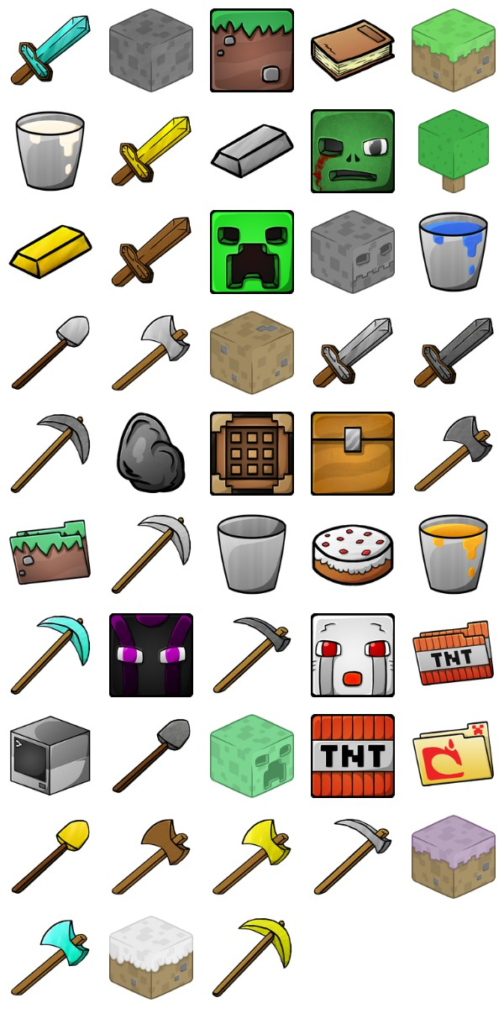
Minecraft’s success has inspired many other games to adopt a similar pixelated, blocky art style. Games like Terraria, Roblox, and Trove have taken cues from Minecraft’s aesthetic, showing the game’s influence on the industry.
Merchandise and Fan Art:
Minecraft’s visuals are now a part of pop culture, from T-shirts to action figures. Fans worldwide have recreated iconic game elements like the Creeper face and various banners, showcasing the cultural significance of Minecraft’s imagery.

Conclusion
The game icons and banners in Minecraft (2009) are more than just visual elements; they are the heart of a game that has captured the imagination of millions. From the pixelated icons that help players identify essential resources to the banners that allow them to express their unique identities, these visuals have played a key role in shaping the Minecraft experience.
Minecraft’s game icons and banners demonstrate how powerful simplicity can be in game design. By choosing minimalism, Minecraft created an iconic aesthetic instantly recognizable and beloved by players worldwide. This approach has allowed the game to transcend cultural boundaries, making it accessible to people of all ages and backgrounds.
As Minecraft continues to evolve, the icons and banners remain a steadfast reminder of where it all began—a game born out of simplicity and creativity, destined to leave an indelible mark on gaming history.
FAQs
- What do icons represent in Minecraft (2009)?
Icons represent in-game elements like blocks, tools, and items, helping players navigate and interact with the game’s environment. - Can banners in Minecraft be customized?
Yes, players can use dyes and patterns to create unique banner designs, allowing for personal expression and marking territories. - Why are Minecraft’s icons and banners so minimalistic?
The pixelated, minimalist design aligns with the game’s overall aesthetic and promotes accessibility for all ages. - How do banners enhance gameplay in Minecraft?
Banners allow players to create unique symbols for teams or landmarks, serving as functional decorations and personalized gear. - Why are Minecraft’s visuals iconic in gaming culture?
The simple, pixelated art style is instantly recognizable. It evokes nostalgia and allows for creativity, which has become emblematic of the game’s legacy.
-
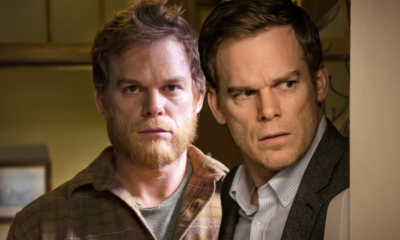
 Celebrity9 months ago
Celebrity9 months agoMichael C. Hall: Complex Journey of a Versatile Actor
-

 Business9 months ago
Business9 months agoUnderstanding Apostille UK: A Comprehensive Guide
-

 Technology10 months ago
Technology10 months agoThe Future of Video Marketing: Trends You Can’t Ignore
-
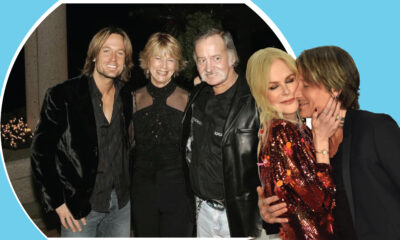
 Celebrity10 months ago
Celebrity10 months agoShane Urban Explained: Facts About Keith Urban’s Sibling
-
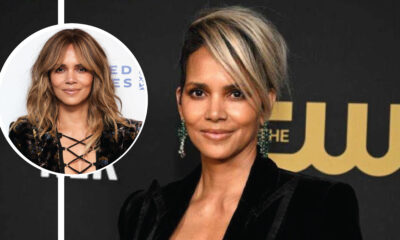
 Celebrity10 months ago
Celebrity10 months agoWho is Heidi Berry Henderson? Everything About Halle Berry’s Sister
-

 Celebrity10 months ago
Celebrity10 months agoAnuel AA Height and Weight? Everything Age, Bio, Family, and More
-

 Celebrity10 months ago
Celebrity10 months agoThe Life of Lorenzo Luaces: Lili Estefan’s Ex-Husband Explained
-

 Celebrity11 months ago
Celebrity11 months agoOtelia Cox, Bio Tony Cox’s Wife, Her Age, Height, and Life Journey
-
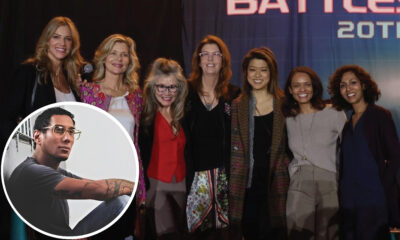
 Celebrity10 months ago
Celebrity10 months agoian cylenz lee: Bio, net worth, age, family and more Kandyse McClure’s husband
-
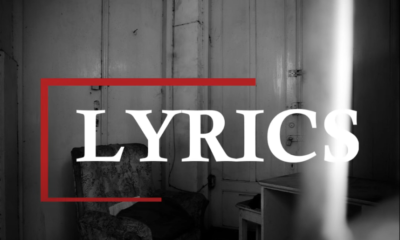
 Entertainment11 months ago
Entertainment11 months agoEverything About ‘Oche Oche Anasico’ Lyrics: Meaning, Origin & More
-
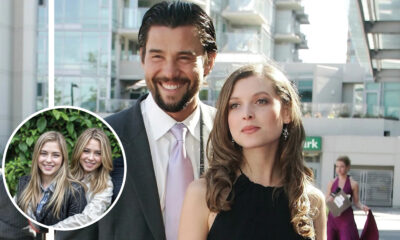
 Celebrity10 months ago
Celebrity10 months agoWho is Carolin Bacic? A Deep Dive into Steve Bacic’s Wife
-

 Fashion9 months ago
Fashion9 months agoThe Perfect Pairing: Corset Prom Dresses for a Flattering Fit and Beaver Hat Blanks for Timeless Style


